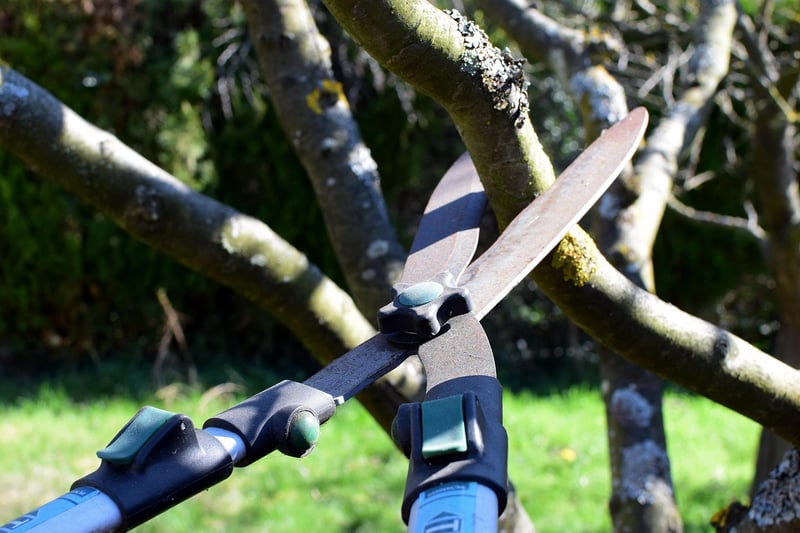Pruning Techniques
Master the Art of Plant Care and Pruning Techniques

The Importance of Plant Care
Plants are not only beautiful additions to your home or garden but also play a vital role in maintaining a healthy environment. Proper plant care not only enhances the aesthetics of your space but also contributes to your overall well-being.
Tips for Caring for Your Plants
- Water your plants regularly, ensuring they are neither overwatered nor underwatered.
- Provide adequate sunlight based on the plant's specific requirements.
- Monitor the soil quality and ensure proper drainage.
- Regularly remove dead leaves and trim overgrown branches to promote growth.
- Fertilize your plants at appropriate intervals to provide essential nutrients.
- Keep an eye out for pests and diseases, and take necessary action promptly.
Pruning Techniques for Healthy Plants
Pruning is a crucial aspect of plant care that involves selectively removing specific parts of a plant to promote growth, improve structure, and enhance overall health. Here are some essential pruning techniques:
1. Pinching:
Pinching involves using your fingers to remove the tips of stems. This technique encourages bushier growth and prevents legginess.
2. Thinning:
Thinning entails selectively removing entire branches or stems to improve air circulation and allow more light to reach the plant's center.
3. Heading Back:
Heading back involves cutting back a portion of a stem or branch to encourage new growth and maintain the plant's shape.
4. Deadheading:
Deadheading is the process of removing spent flowers to redirect the plant's energy into producing new blooms.
Conclusion
By mastering plant care and pruning techniques, you can ensure your plants thrive and beautify your surroundings. Remember to provide the necessary care, attention, and maintenance to help your plants grow healthy and vibrant.

Start incorporating these tips into your plant care routine today and watch your plants flourish!
